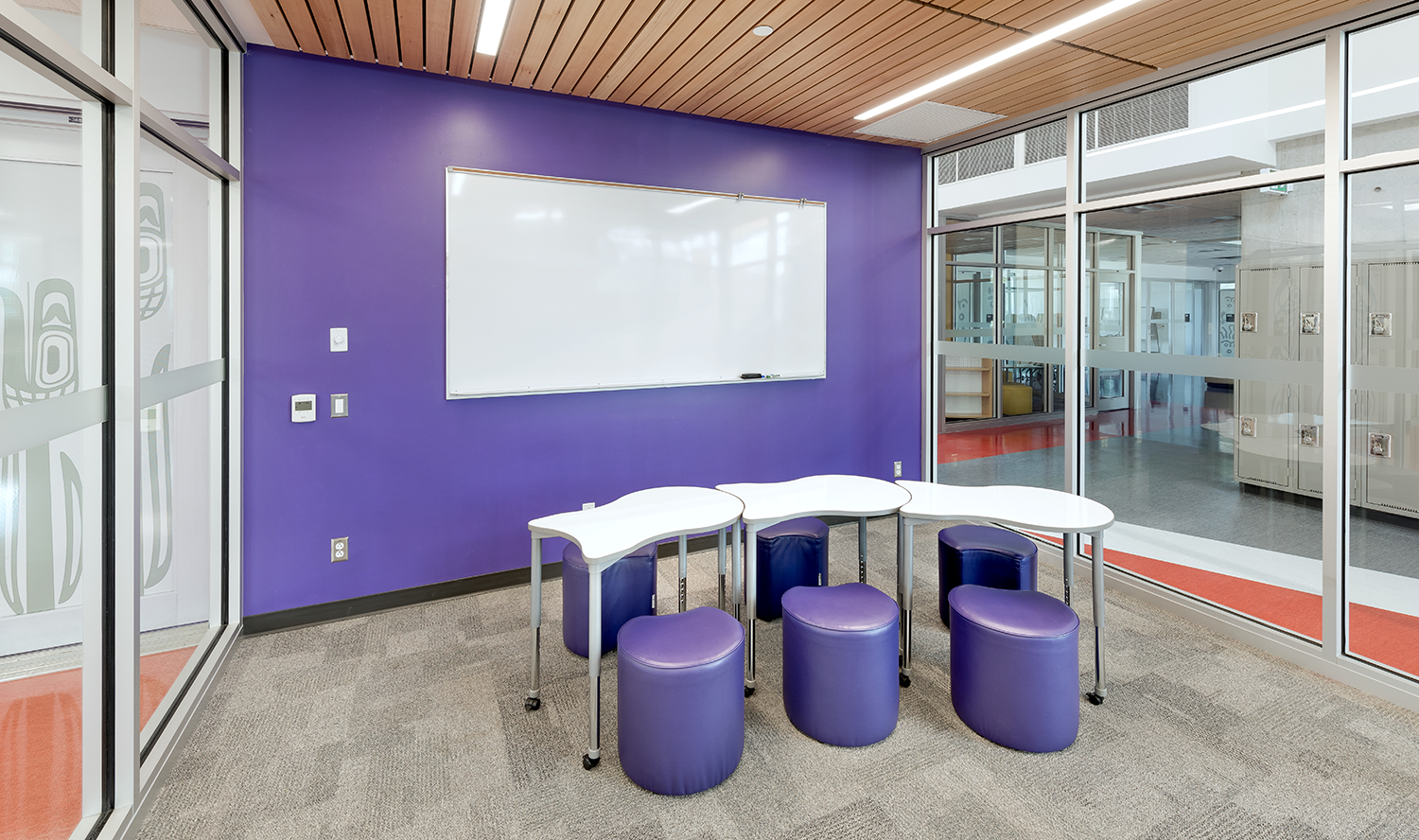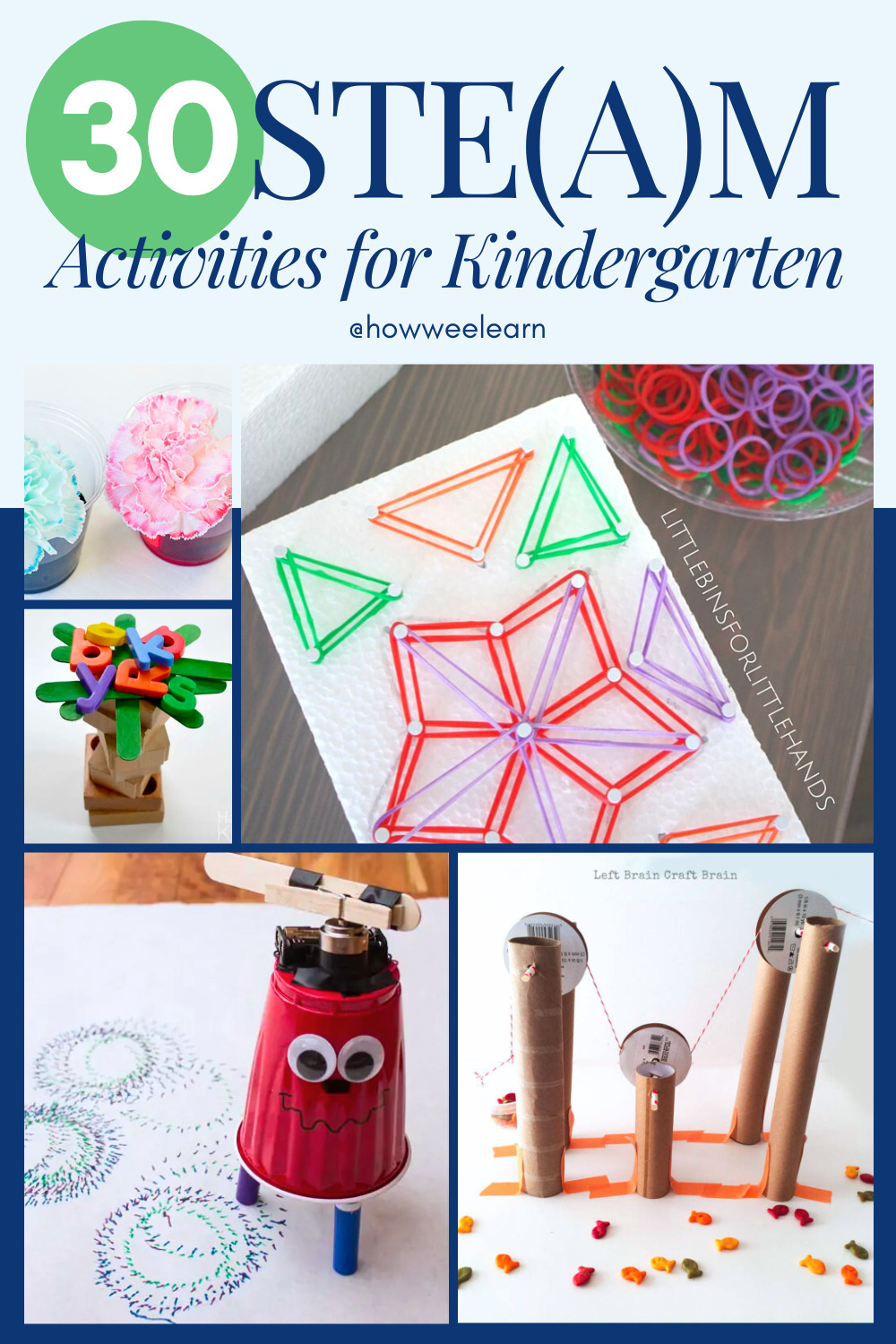
Fostering Knowledge Exchange: Collaborative Learning Hubs
In the dynamic landscape of education, the concept of collaborative learning spaces has gained prominence as educators recognize the importance of fostering interaction, engagement, and knowledge exchange among students. These purposefully designed environments go beyond traditional classrooms, providing students with opportunities to collaborate, share ideas, and actively participate in their learning journey.
Designing Collaborative Learning Spaces
The design of collaborative learning spaces is a crucial aspect that influences student interaction and engagement. These spaces are intentionally crafted to facilitate group work, discussions, and project-based learning. Flexible furniture arrangements, interactive whiteboards, and comfortable seating contribute to an environment that encourages collaboration and creativity.
Promoting Student Interaction and Engagement
One of the primary goals of collaborative learning spaces is to promote student interaction and engagement. By creating an atmosphere that encourages open communication and teamwork, students are more likely to actively participate in discussions, share ideas, and collaborate on projects. This collaborative approach not only enhances academic learning but also cultivates important interpersonal skills.
Encouraging Project-Based Learning
Collaborative learning spaces are conducive to project-based learning, where students work together on real-world projects and challenges. This hands-on approach allows students to apply theoretical knowledge to practical situations, fostering a deeper understanding of the subject matter. Project-based learning also enhances problem-solving skills and creativity.
Facilitating Technology Integration
Technology plays a significant role in collaborative learning spaces. Integrating digital tools and resources enhances the collaborative experience. From interactive displays to online collaboration platforms, technology enables students to work together seamlessly, whether they are in the same physical space or connecting remotely. This integration prepares students for the digital demands of the modern workforce.
Creating Inclusive Learning Environments
Collaborative learning spaces contribute to creating inclusive learning environments. These spaces break down physical and social barriers, providing a platform for students of diverse backgrounds and learning styles to come together. Inclusivity in collaborative learning fosters a sense of belonging and encourages students to appreciate and learn from each other’s perspectives.
Enhancing Critical Thinking and Communication Skills
The collaborative nature of these learning spaces nurtures critical thinking and communication skills. Students engage in discussions, articulate their thoughts, and defend their ideas, promoting a deeper understanding of the subject matter. These skills are essential not only for academic success but also for navigating future professional challenges.
Cultivating a Culture of Collaboration
Collaborative learning spaces contribute to the cultivation of a culture of collaboration within educational institutions. When students experience the benefits of working together, it fosters a positive learning culture where collaboration is valued. This collaborative culture extends beyond the classroom and prepares students for collaborative endeavors in their future careers.
Adapting to Varied Learning Styles
Students have diverse learning styles, and collaborative learning spaces provide the flexibility to adapt to these variations. Some students thrive in group discussions, while others may prefer hands-on activities or individual reflection. The adaptable nature of these spaces accommodates different learning styles, ensuring that each student can engage with the material in a way that suits their preferences.
Linking Collaborative Learning Spaces
Explore the transformative impact of Collaborative Learning Spaces and discover how purposefully designed environments contribute to a dynamic and engaging educational experience. From flexible designs to inclusive practices, this comprehensive resource provides insights, case studies, and examples that highlight the positive outcomes of embracing collaborative learning spaces.
In conclusion, collaborative learning spaces are more than physical environments; they represent a pedagogical approach that values interaction, inclusivity, and active engagement. As education continues to evolve, the integration of collaborative learning spaces is a forward-thinking strategy that prepares students for the collaborative and dynamic nature of the 21st-century workforce.

%20(1200%20%C3%97%20500%20px).png/:/cr=t:0%25,l:0%25,w:100%25,h:88.89%25/rs=w:1240,h:620,cg:true)

